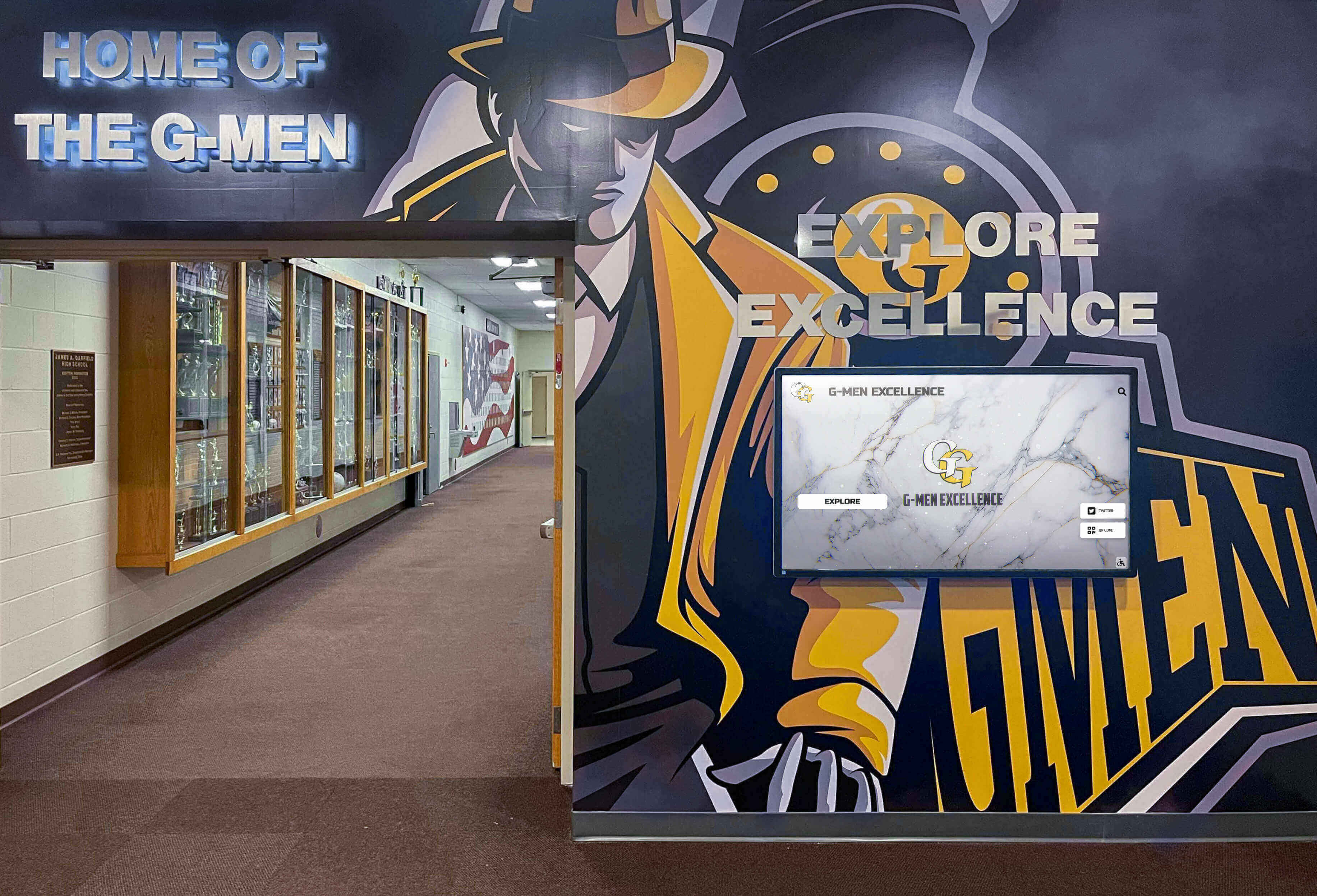Key Takeaways
Discover comprehensive fan engagement strategies for schools and athletic programs. Learn how digital recognition, interactive displays, and community building drive loyalty and increase support.
Understanding Fan Engagement: More Than Just Attendance
Fan engagement represents the depth of emotional connection and active participation that community members have with school athletic programs and institutional identity. According to research from the sports engagement industry, 71% of sports executives identify community-building as the key to long-term fan engagement—a principle equally applicable to educational institutions.
The Multi-Dimensional Nature of School Fan Engagement
Effective fan engagement encompasses several interconnected dimensions:
Emotional Connection:
- Sense of pride in team and institutional achievements
- Personal identification with school values and traditions
- Emotional investment in team success and student-athlete well-being
- Lasting memories and nostalgic attachment to experiences
- Feeling of belonging to something larger than oneself
Behavioral Participation:
- Consistent game and event attendance across all sports
- Active participation in traditions, cheers, and rituals
- Financial support through ticket purchases, merchandise, and donations
- Volunteer contributions to programs and events
- Social media engagement and content sharing
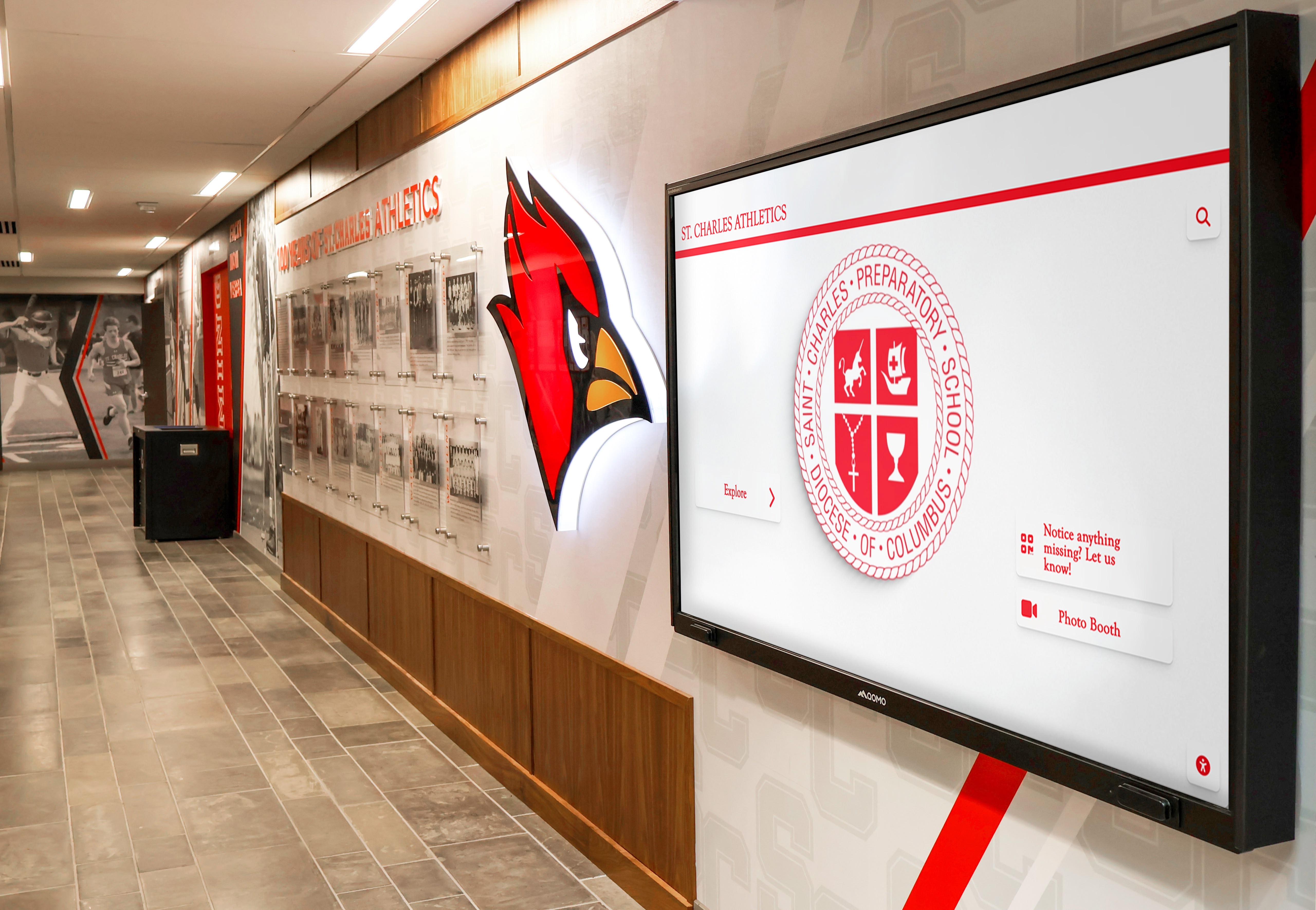
Social Connectivity:
- Relationships built through shared fan experiences
- Family traditions spanning generations
- Alumni networks maintained through athletic connections
- Community identity tied to school success
- Cross-generational bonds between current and former students
Understanding these dimensions helps schools develop comprehensive engagement strategies that address emotional, behavioral, and social aspects of fan experience.
The Business Case for Fan Engagement: Why Investment Matters
Schools investing in fan engagement realize tangible returns across multiple organizational objectives:
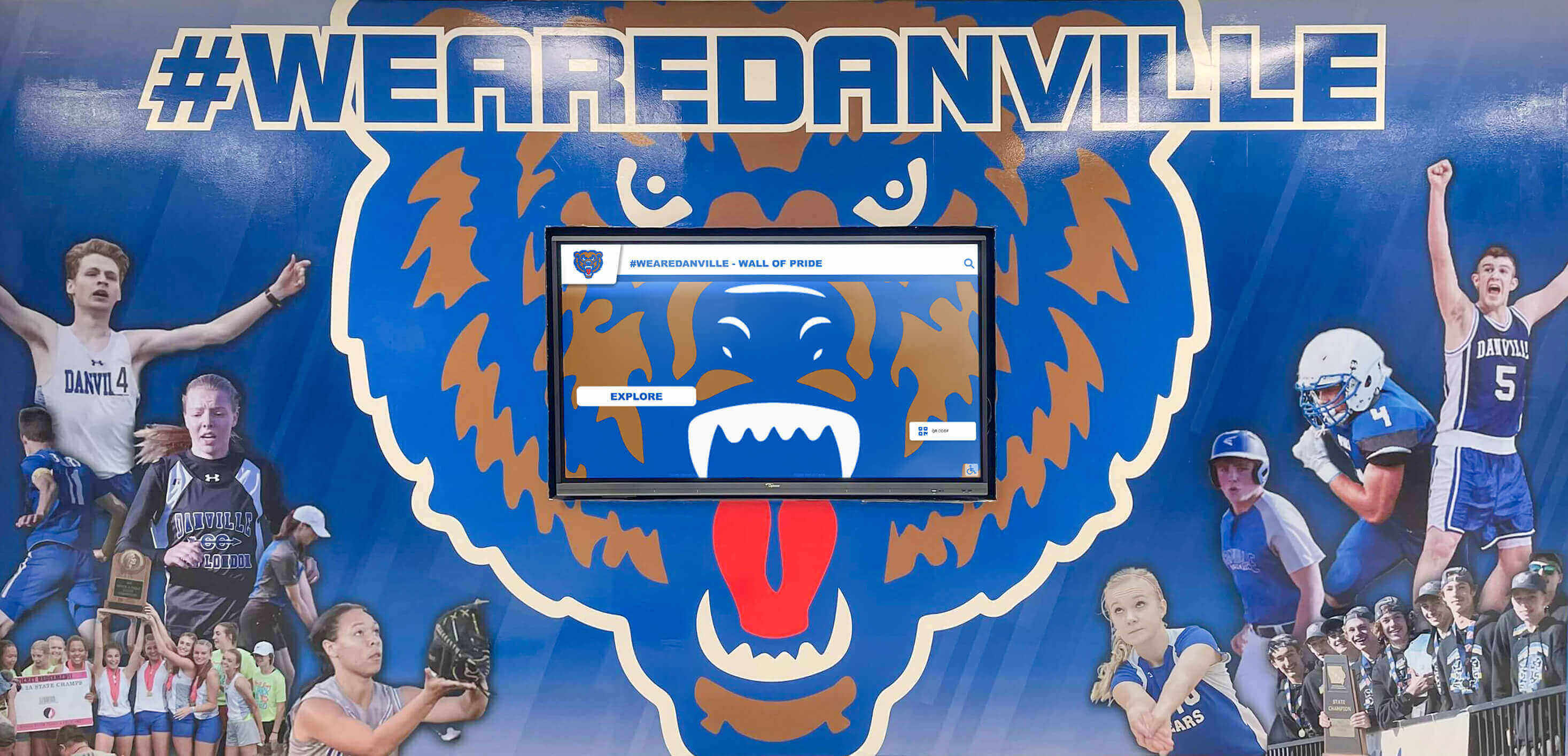
Financial Impact
According to PlayOn Sports, effective fan engagement directly increases revenue from ticket sales, merchandise, concessions, and sponsorships. When fans feel invested in programs, they demonstrate greater willingness to provide financial support. Schools report:
- 15-30% increases in season ticket commitments with enhanced engagement programs
- Higher per-capita spending on merchandise and concessions
- Improved sponsorship value through larger, more engaged audiences
- Increased booster club membership and donation levels
- Greater success with capital campaigns for facility improvements
Competitive Advantages
Strong fan engagement provides athletic programs with measurable competitive benefits:
- Home Field Advantage: Energized, supportive crowds directly impact team performance and opponent comfort levels
- Recruitment Appeal: Prospective student-athletes seek programs with strong fan support and school spirit
- Media Coverage: Well-attended events with enthusiastic crowds attract greater media attention
- Community Reputation: Successful engagement enhances overall institutional reputation within and beyond the local community
Student Experience Enhancement
Beyond athletics, fan engagement contributes to broader educational outcomes:
- Stronger sense of school belonging and institutional pride
- Increased student retention and academic persistence
- Greater participation in extracurricular activities beyond athletics
- Enhanced mental health through community connection
- Life skills development through traditions and shared experiences
These multifaceted benefits justify strategic investment in comprehensive fan engagement initiatives.
Strategy 1: Recognition as the Foundation of Engagement
Recognition serves as perhaps the most powerful driver of sustained fan engagement. When schools celebrate achievements and honor contributions, they create emotional bonds that transcend individual events.
Comprehensive Athletic Recognition Programs
Effective athletic recognition extends beyond traditional trophy cases to encompass diverse achievements:
Individual Achievement Recognition:
- All-state and all-conference selections
- Record-breaking performances across all sports
- Academic all-Americans combining athletic and scholarly excellence
- Milestone accomplishments (1,000-point scorers, etc.)
- Character awards recognizing sportsmanship and leadership
Team Success Celebration:
- Conference championships and tournament victories
- State championship appearances and titles
- Undefeated seasons and historic winning streaks
- Team records and statistical achievements
- Memorable games and iconic moments
Solutions like digital recognition displays enable schools to showcase unlimited achievements without physical space constraints, ensuring comprehensive recognition across all sports and achievement types.
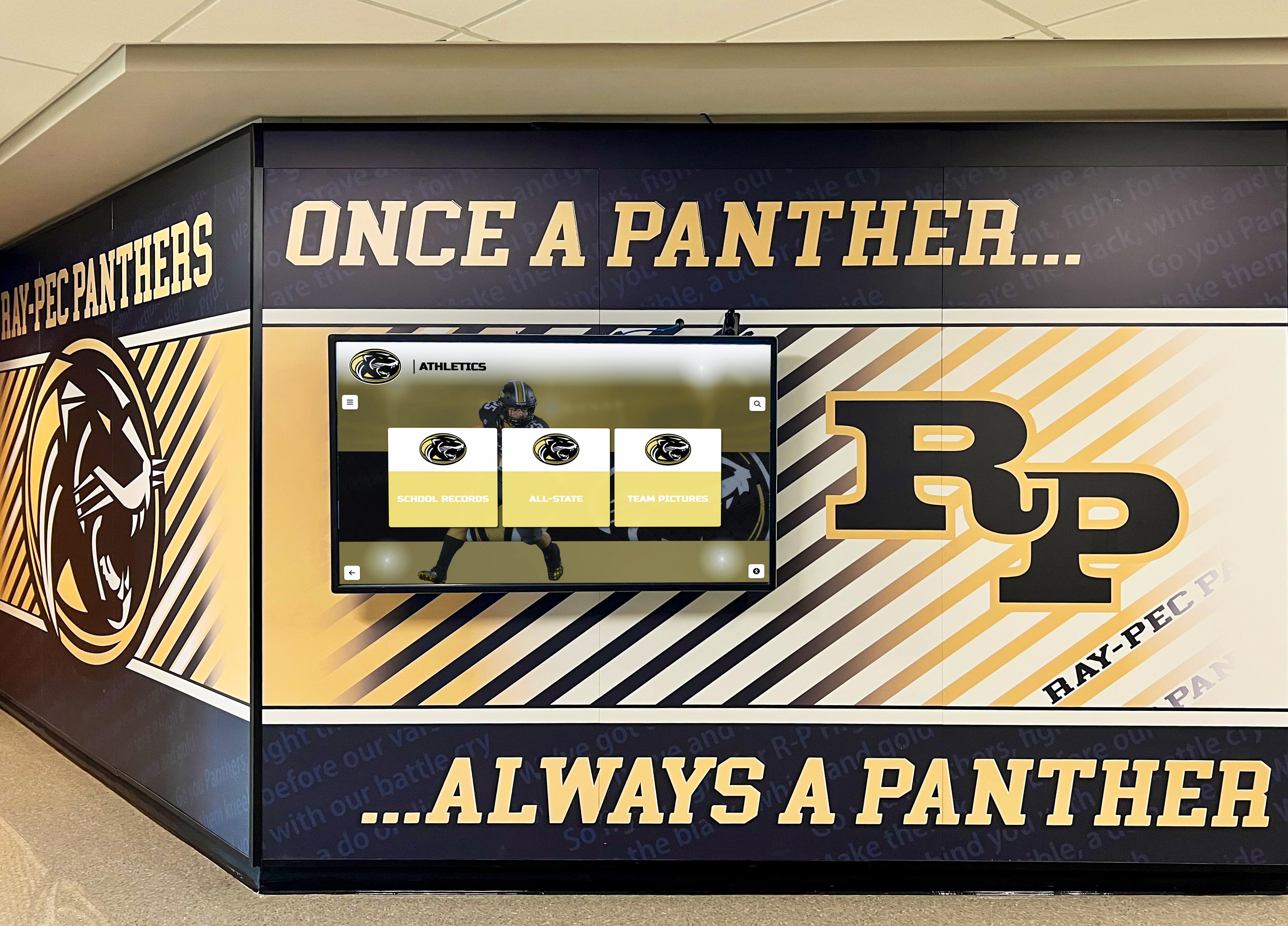
Beyond Athletics: Inclusive Recognition
Schools building strongest fan engagement recognize diverse contributions beyond athletic performance:
- Spirit Squad Excellence: Cheerleaders, dance teams, and band members
- Support Staff Contributions: Coaches, trainers, equipment managers, statisticians
- Parent and Volunteer Recognition: Booster club leaders, event volunteers, committee members
- Academic Excellence: Student of the month programs celebrating scholarly achievement
- Community Service: Student-athletes making impact beyond competition
This inclusive approach to recognition expands engagement beyond traditional sports fans to encompass entire school communities.
Strategy 2: Interactive Technology for Modern Engagement
Technology transforms passive viewing into active participation, meeting expectations of digital-native audiences while providing unprecedented engagement capabilities.
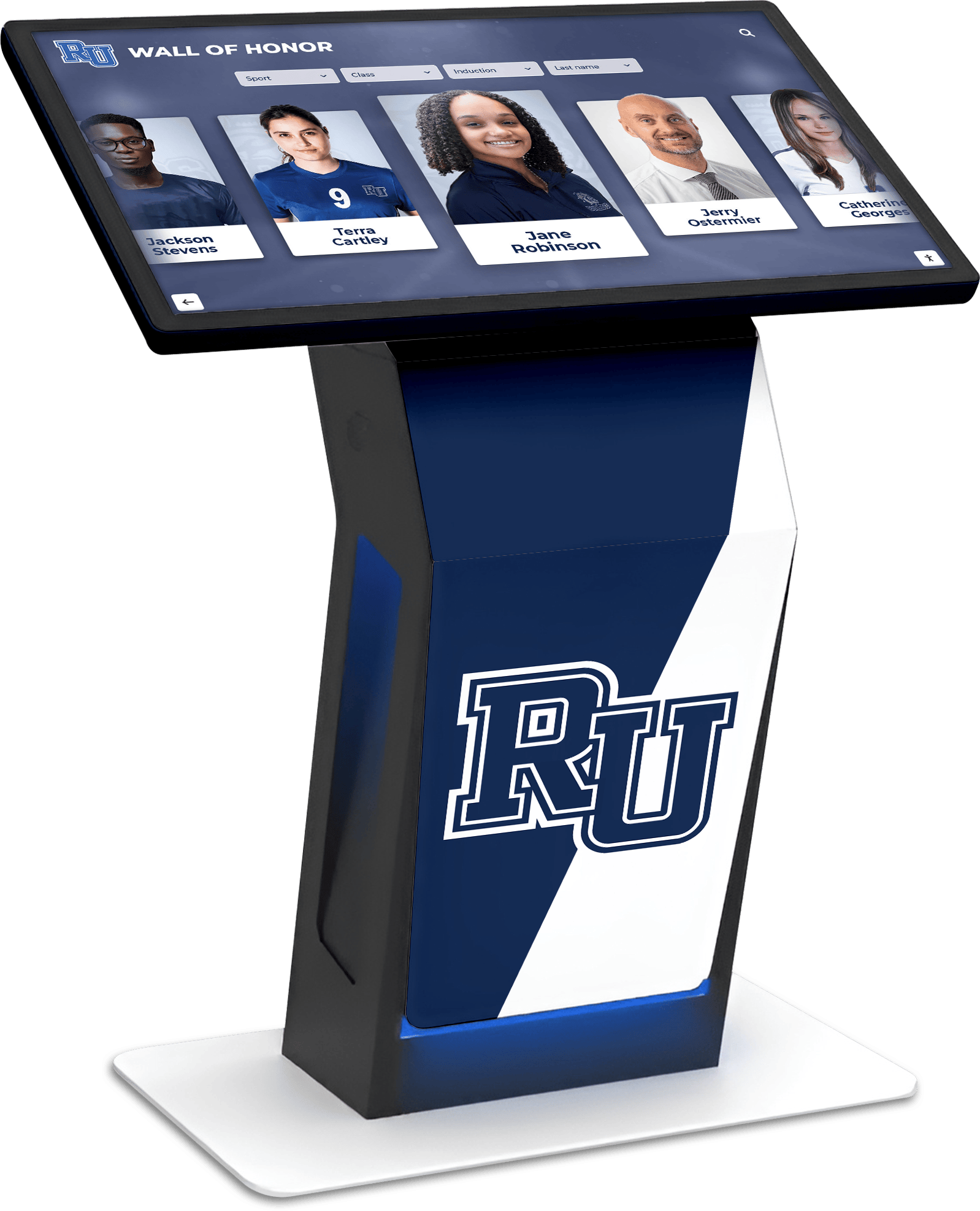
Digital Recognition Displays
Interactive touchscreen displays create engaging experiences that traditional static plaques cannot match:
🔍 Searchable Databases
Fans explore achievements by sport, year, name, or record type through intuitive interfaces
📹 Multimedia Content
Video highlights, photo galleries, and audio interviews bring achievements to life
📱 Social Integration
One-touch sharing to social media extends engagement beyond physical location
🔄 Real-Time Updates
Instant recognition of new achievements maintains currency and relevance
These features create self-service engagement opportunities available 24/7, allowing fans to explore institutional history and achievement at their own pace and interest level.
Online Engagement Platforms
Complementing physical displays, digital platforms extend engagement to fans who cannot regularly visit campus:
Key Digital Engagement Tools:
- Mobile apps providing real-time scores, stats, and updates
- Social media platforms for community building and content sharing
- Streaming services bringing games to remote fans
- Online halls of fame accessible from anywhere
- Email communications with personalized, relevant content
According to industry research, over 80% of fans may never visit a stadium, making digital engagement channels essential for comprehensive fan reach.
Data-Driven Personalization
Modern engagement platforms leverage data analytics to personalize experiences:
- Behavioral Segmentation: Categorizing fans by interests, engagement levels, and demographics
- Personalized Communications: Tailoring messages based on individual preferences and past behavior
- Predictive Analytics: Identifying at-risk fans likely to disengage and targeting intervention
- A/B Testing: Optimizing content, timing, and channels through systematic experimentation
- ROI Measurement: Quantifying engagement impact to justify continued investment
This data-driven approach ensures resources focus on highest-impact engagement activities.
Strategy 3: Create Memorable Game Day Experiences
The in-person event experience remains central to fan engagement, providing opportunities for shared memories and community connection.
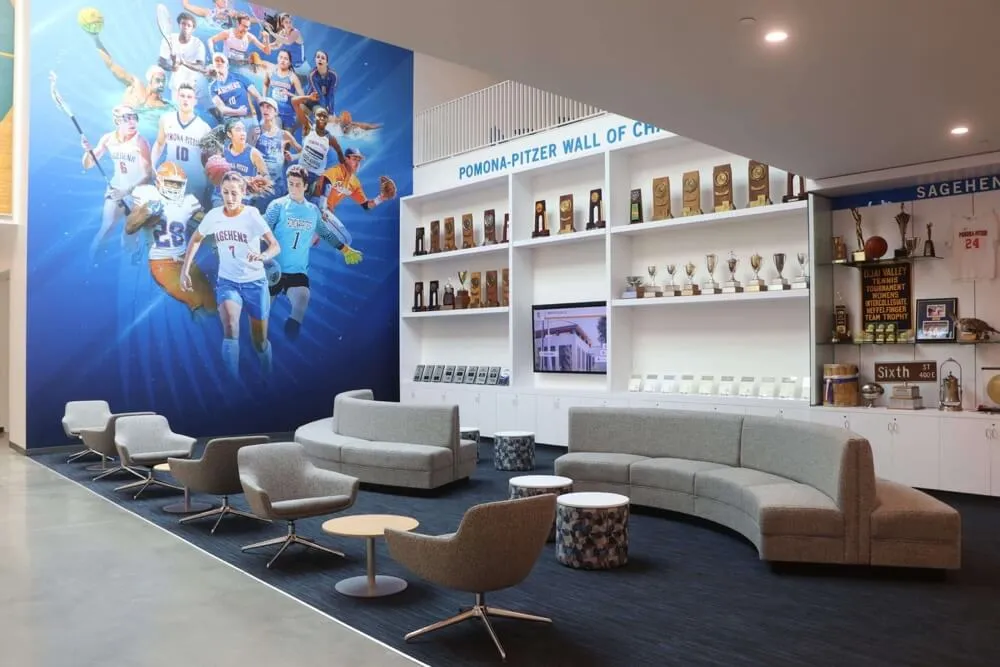
Enhance the Physical Environment
Modern fans expect more than basic seating:
- High-Quality Visual Displays: Scoreboards, video boards showing replays and statistics
- Superior Audio Systems: Clear announcements and energizing music
- Comfortable Amenities: Quality concessions, clean facilities, accessible seating
- Connected Infrastructure: High-speed Wi-Fi enabling social sharing and real-time engagement
- Visual Identity: Consistent branding, colors, and imagery reinforcing school identity
These facility improvements create professional-level experiences that honor fans’ time and financial investment.
Develop Distinctive Traditions
Memorable traditions distinguish programs and create anticipation:
Tradition Examples:
- Entrance rituals for teams (fight songs, specific entrances)
- Student section traditions (coordinated cheers, specific attire)
- Recognition moments (senior day celebrations, veteran acknowledgments)
- Halftime entertainment and special events
- Post-victory celebrations and rituals
The most effective traditions involve active participation rather than passive observation, creating sense of ownership and belonging.
Empower Student-Led Spirit Sections
Student spirit groups drive in-game energy when properly supported:
- Organizational Support: Designated leaders, coordination with athletic departments
- Resources and Supplies: T-shirts, props, signage provided or subsidized
- Physical Space: Premium student seating creating home-court advantages
- Recognition: Acknowledging spirit leaders for their contributions
- Guidance: Teaching appropriate cheers, sportsmanship standards
Research from high school athletic engagement studies shows that organized student sections dramatically increase overall crowd energy and participant satisfaction.
Strategy 4: Year-Round Engagement Beyond Game Days
Sustainable engagement requires consistent touchpoints throughout the calendar, not just during competitive seasons.
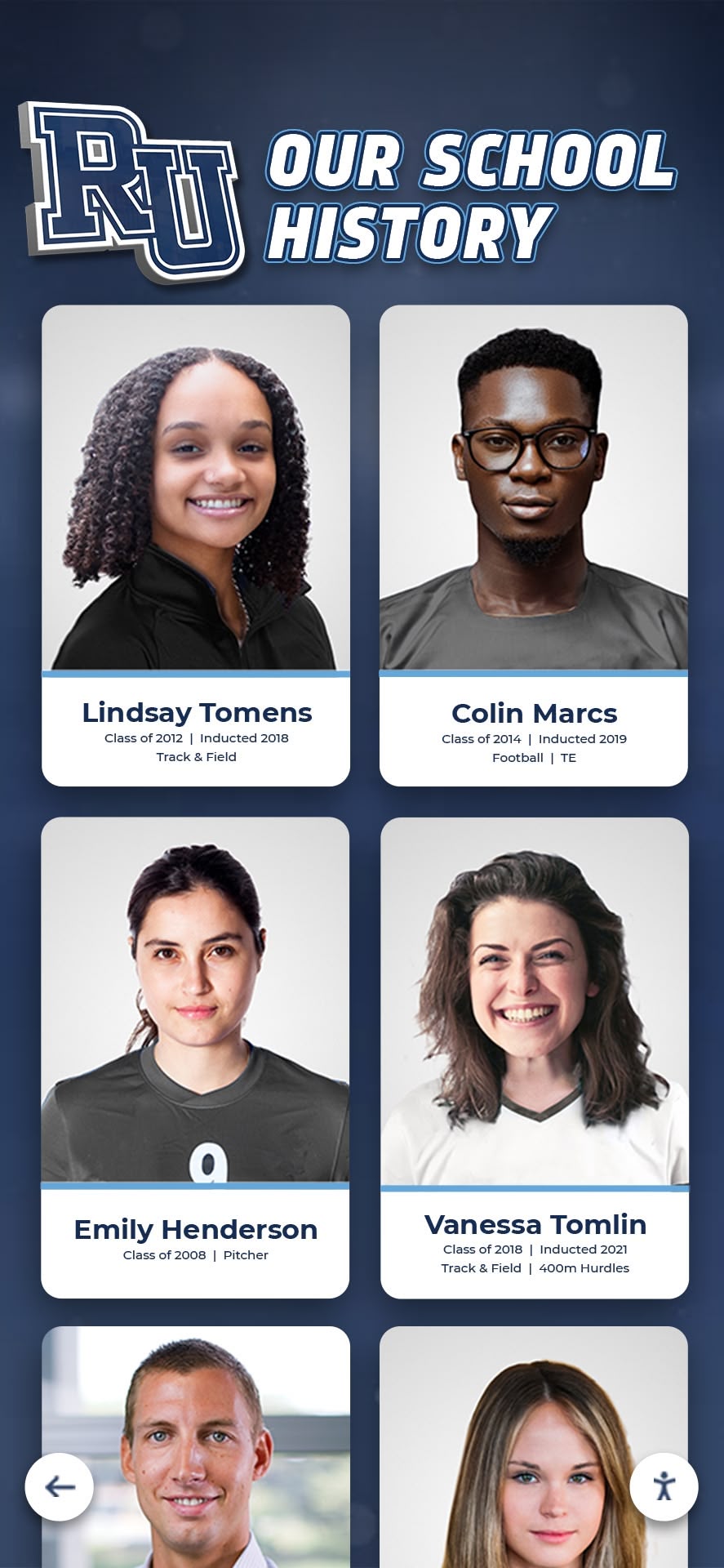
Content Marketing Strategies
Regular content keeps schools top-of-mind during off-seasons:
Effective Content Types:
- Athlete Spotlights: Feature individual student-athletes’ stories, achievements, and personalities
- Behind-the-Scenes Access: Practice footage, coach interviews, training regimens
- Historical Features: “This Day in School History” posts, throwback content
- Educational Content: Rules explanations, strategy breakdowns, position guides
- Community Stories: Fan profiles, parent perspectives, alumni reflections
According to engagement platform research, streaming and social media content has become the primary way younger fans follow sports, with platforms like TikTok and Instagram replacing traditional news outlets.
Off-Season Events and Activities
Maintain connection during competitive off-seasons:
- Awards Ceremonies: End-of-season banquets recognizing achievements
- Community Service Events: Team volunteer activities engaging broader community
- Open Practices: Invite fans to watch pre-season preparations
- Meet-and-Greet Sessions: Opportunities for fans to interact with athletes and coaches
- Summer Camps: Youth programs building pipeline of future fans
- Alumni Weekends: Reunions connecting current and former student-athletes
These activities maintain engagement momentum and strengthen community bonds beyond competitive events.
Strategic Communications Calendar
Systematic communication planning ensures consistent engagement:
- Weekly E-Newsletters: Curated content, upcoming events, recent highlights
- Social Media Schedule: Daily posts across platforms with varied content types
- Text/SMS Updates: Urgent communications about schedule changes, weather, breaking news
- Video Content Series: Regular programming creating anticipation and habits
- Print Materials: Programs, posters, and traditional media for segments preferring physical formats
The key lies in consistency, value, and respect for audience attention—providing useful, engaging content rather than constant promotional messages.
Strategy 5: Alumni Engagement as Long-Term Fan Development
Alumni represent the most sustainable fan base—individuals with lifelong emotional connections to institutions. Effective alumni engagement creates lasting support and multi-generational participation.
Alumni Recognition Programs
Celebrating former student-athletes maintains their connection and provides role models for current students:
Alumni Recognition Approaches:
- Hall of fame inductions honoring exceptional careers
- Jersey retirement ceremonies for legendary athletes
- Alumni spotlights highlighting post-graduation achievements
- Career milestone recognition celebrating professional success
- Anniversary celebrations marking significant team achievements
Digital platforms enable schools to maintain comprehensive alumni databases, updating profiles as careers progress and accomplishments accumulate.
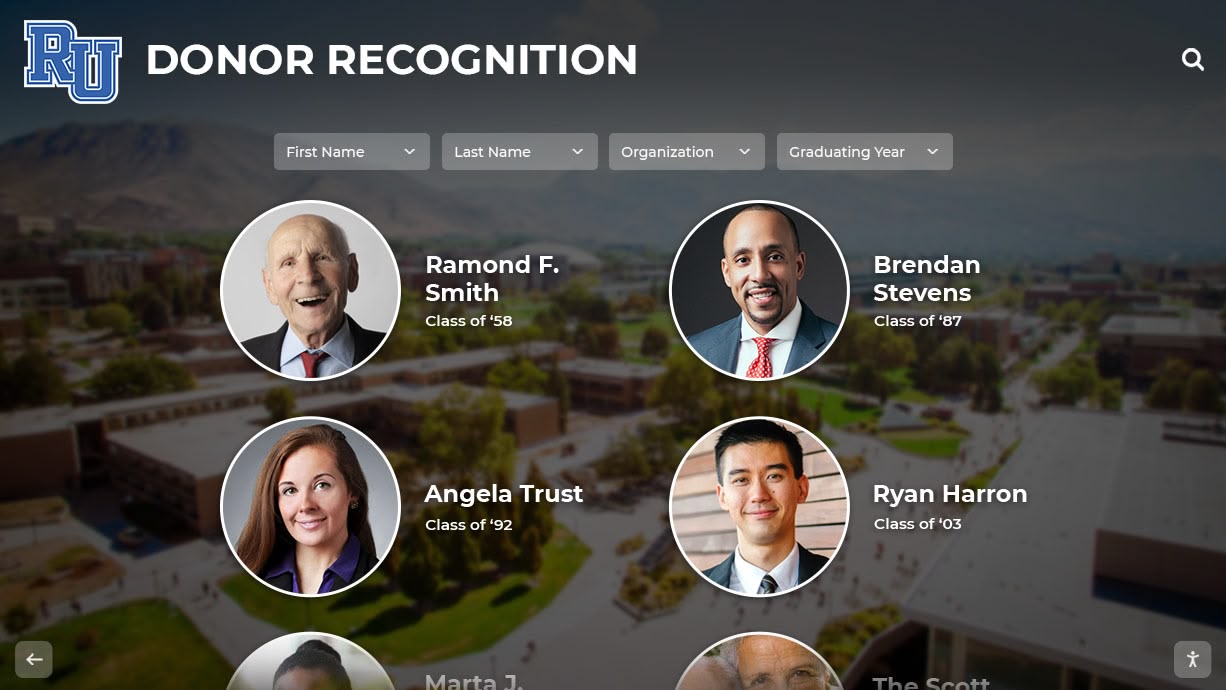
Facilitate Alumni Participation
Create structured opportunities for alumni involvement:
- Mentorship Programs: Connect alumni with current student-athletes for career guidance
- Speaker Series: Invite successful alumni to share experiences and advice
- Reunion Coordination: Organize gatherings around homecoming and milestone anniversaries
- Volunteer Opportunities: Engage alumni in coaching, fundraising, event support
- Legacy Programs: Encourage alumni children to continue family traditions
These structured programs make participation easy and meaningful, overcoming inertia and distance barriers.
Digital Alumni Communities
Online platforms overcome geographic limitations:
- Private Social Media Groups: Exclusive communities for alumni interaction
- Online Directories: Searchable databases helping alumni reconnect
- Virtual Events: Livestreamed games, online reunions, digital watch parties
- Digital Halls of Fame: Online platforms celebrating achievements accessible globally
- Alumni Newsletters: Regular communications maintaining connection
According to alumni engagement research, universities using gamification and recognition programs—such as digital badges or tiered rewards—see significantly higher participation rates and strengthened loyalty.
Strategy 6: Community Integration and Partnerships
Schools achieving strongest fan engagement recognize that athletic programs exist within broader community ecosystems requiring authentic integration and partnership.
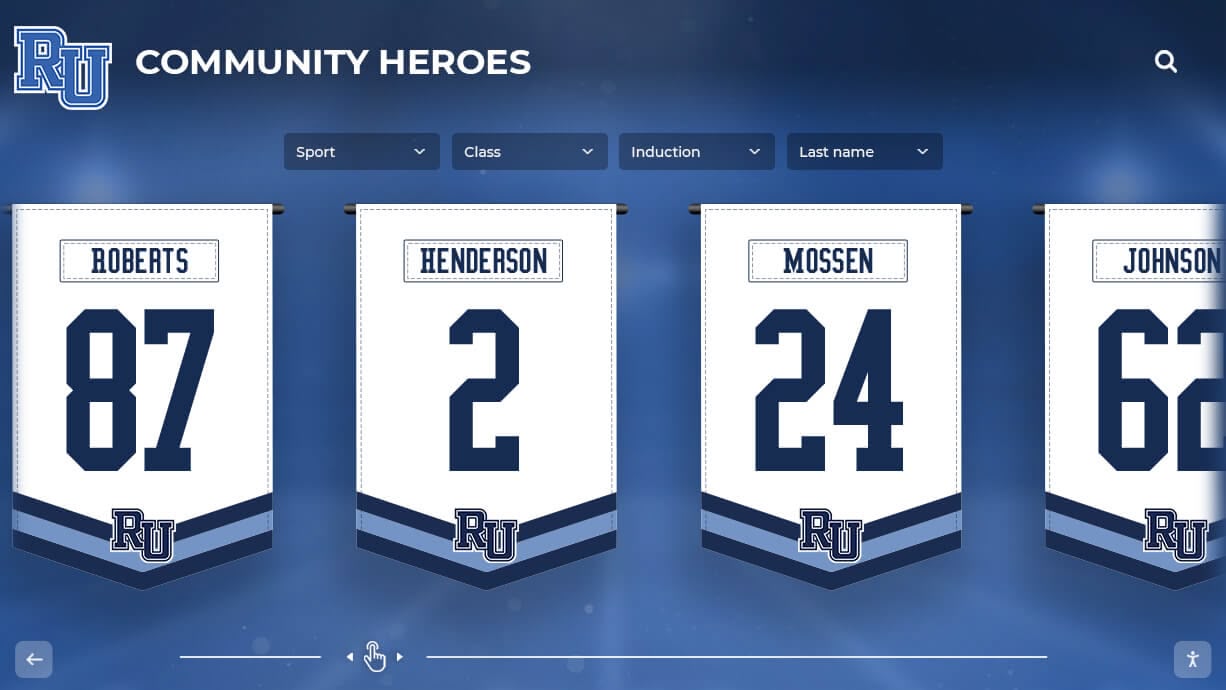
Local Business Partnerships
Strategic partnerships create mutual value:
Partnership Opportunities:
- Sponsorship Programs: Business support in exchange for brand visibility
- Cross-Promotion: Schools promote partners; partners promote schools
- Discount Programs: Special offers for fans from local businesses
- Community Events: Co-hosted activities strengthening all parties
- In-Kind Donations: Products and services supporting athletic programs
These partnerships embed athletic programs within local economic ecosystems, creating stakeholder networks invested in mutual success.
Multi-Generational Family Engagement
Family participation creates sustainable, self-renewing fan bases:
- Kids’ Clubs: Special programming for young children
- Youth Clinics: Instructional camps building skills and school identification
- Family Ticket Packages: Affordable options encouraging attendance
- Family Recognition Programs: Celebrating multi-generational school participation
- Sibling Connections: Recognizing families with multiple student-athletes
When schools successfully engage children, they create fans who will support programs for decades—eventually bringing their own children to continue traditions.
Inclusive Community Recognition
Extend recognition beyond athletic achievement to community contributions:
- Teacher Appreciation: Recognizing educators supporting student-athletes
- Volunteer Awards: Honoring community members contributing time and resources
- Spirit Awards: Celebrating exceptional fans and supporters
- Business Supporter Recognition: Acknowledging sponsor and partner contributions
- Veteran Tributes: Honoring military service members within community
This inclusive recognition approach, exemplified in tools for building community showcases, expands engagement beyond athletics to institutional and community levels.
Strategy 7: Leverage Data and Analytics for Continuous Improvement
Data-driven decision-making enables schools to optimize engagement strategies based on evidence rather than assumptions.
Key Engagement Metrics to Track
Attendance and Participation:
- Game attendance by sport, opponent, time, weather
- Season ticket holder retention rates
- New fan acquisition metrics
- Student section participation levels
- Alumni event attendance
Digital Engagement:
- Website traffic, page views, session duration
- Social media followers, engagement rates, content performance
- Email open rates, click-through rates, unsubscribes
- App downloads, active users, feature usage
- Video content views, watch time, completion rates
Financial Indicators:
- Ticket revenue trends over time
- Merchandise sales by category and location
- Concession per-capita spending
- Sponsorship renewals and growth
- Donation and booster club membership levels
Sentiment Analysis:
- Survey responses measuring satisfaction
- Social media sentiment tracking
- Online review ratings and comments
- Focus group feedback
- Fan advisory council input
Apply Insights to Strategy
Data becomes valuable only when translated into action:
- Identify Successful Elements: Double down on highest-performing engagement tactics
- Diagnose Problems: Pinpoint specific failure points and barriers to engagement
- Test Hypotheses: Conduct controlled experiments evaluating new approaches
- Personalize Experiences: Segment audiences and tailor offerings to preferences
- Predict Future Behavior: Forecast engagement trends and proactively address issues
According to Learfield’s research on college athletics, proprietary fan profiles categorizing audiences into distinct behavioral groups enable schools to develop precisely targeted engagement strategies, significantly improving effectiveness and resource efficiency.
Strategy 8: Celebrate All Sports Equitably
Comprehensive fan engagement requires recognizing and promoting full breadth of athletic offerings, not exclusively high-profile sports.
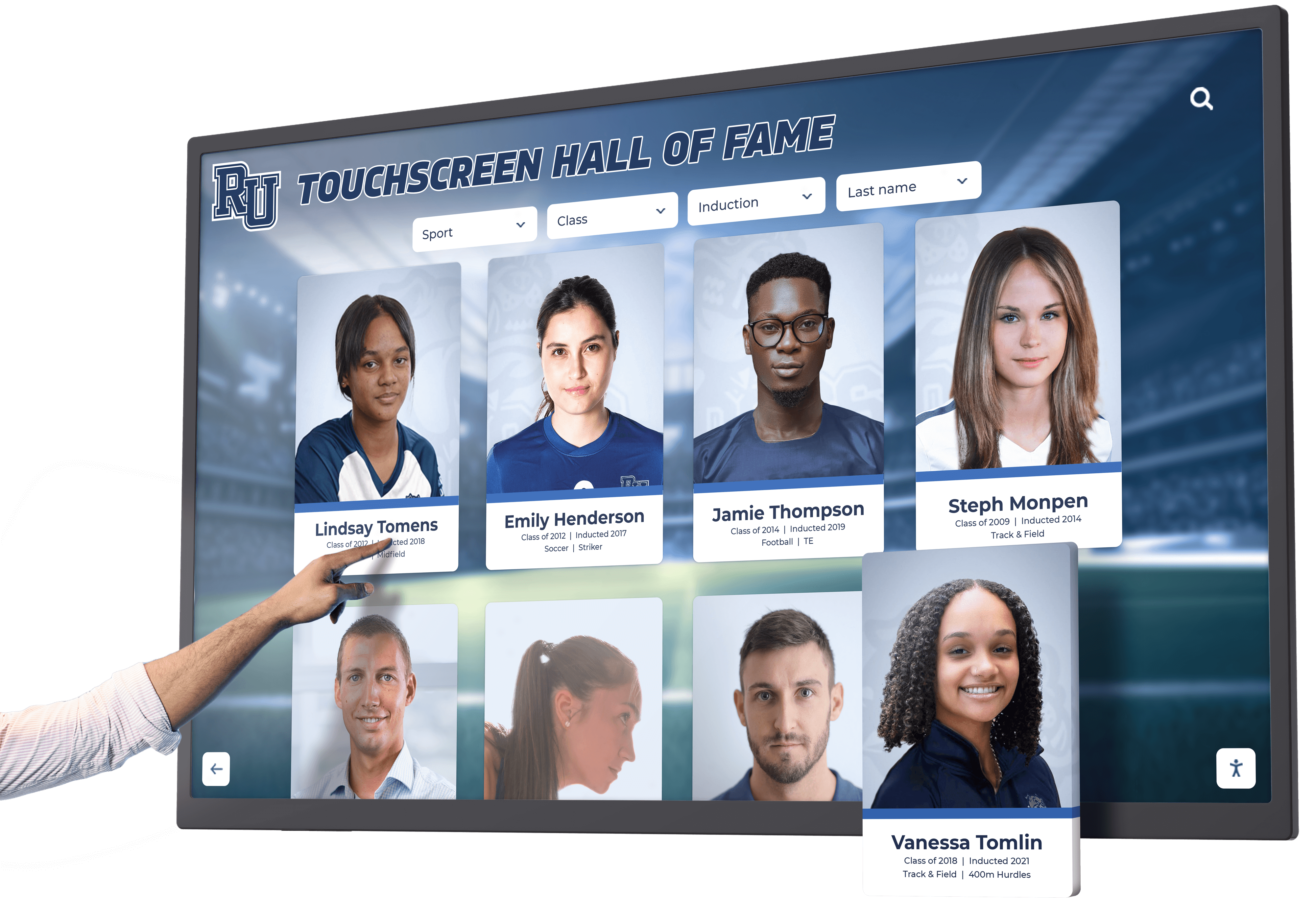
The Challenge of Sports Inequality
Most schools direct disproportionate resources and attention to football and basketball, creating several problems:
- Athlete Morale: Non-revenue sport athletes feel undervalued
- Missed Opportunities: Untapped fan bases for other sports
- Title IX Implications: Gender equity concerns
- Narrow Brand Identity: School defined by limited sports
- Reduced Community Breadth: Failing to engage families across all programs
Strategies for Equitable Promotion
Coordinated Scheduling
Plan schedules allowing fans to attend multiple sports without conflicts
Cross-Promotion
Promote all sports at high-profile events, building awareness across fan bases
Unified Branding
Consistent visual identity across all sports creates cohesive institutional presence
Balanced Coverage
Social media, newsletters, and communications featuring all programs proportionally
Recognition Parity
Hall of fame, awards, and celebrations treating all sports with equal dignity
Multi-Sport Passes
Pricing encouraging attendance across sports rather than single-sport focus
Digital recognition platforms particularly benefit this strategy, providing unlimited space to showcase achievements across all sports without physical constraints or incremental costs per addition.
Strategy 9: Authentic Storytelling and Content Creation
Compelling narratives transform statistics and scores into emotional journeys that build lasting connection.
Effective Sports Storytelling Elements
Character-Driven Narratives:
- Individual athlete journeys with challenges overcome
- Coach philosophies and personal backgrounds
- Parent perspectives on student-athlete experiences
- Teammate relationships and chemistry
- Rival storylines adding drama and stakes
Achievement Context:
- Historical significance of records and accomplishments
- Comparison to past greats providing perspective
- Obstacles overcome making success more meaningful
- Impact on teammates and community
- Lessons learned applicable beyond sports
Visual Storytelling:
- High-quality photography capturing emotion and action
- Video highlighting memorable moments
- Infographics presenting statistics visually
- Behind-the-scenes footage providing exclusive access
- Museum-style displays presenting history professionally

Platform-Specific Content Strategies
Different platforms require tailored approaches:
Instagram and TikTok:
- Short-form video (15-60 seconds) highlighting action and personality
- Behind-the-scenes content creating intimacy and access
- Trending audio and formats increasing discoverability
- User-generated content encouraging fan participation
YouTube:
- Long-form content including full game replays, extended highlights
- Documentary-style features exploring stories in depth
- Interview series with consistent format and branding
- Educational content explaining techniques and strategies
According to social media engagement research, only 30% of sports organizations currently use YouTube for revenue generation, yet a 2-hour video generates significantly more revenue on average than shorter content—representing substantial untapped opportunity.
Email and Newsletters:
- Curated content with clear value proposition
- Segmented audiences receiving personalized selections
- Exclusive information unavailable elsewhere
- Clear calls-to-action for attendance, donations, engagement
Strategy 10: Integrate Recognition with Fundraising
Strategic recognition programs drive financial support while honoring contributions, creating virtuous cycles of giving and acknowledgment.

Recognition-Based Giving Programs
Structure donation programs around meaningful recognition:
Tiered Recognition Levels:
- Named seating or sections for major donors
- Digital display features for various giving levels
- Exclusive events and experiences for supporters
- Annual publications listing all contributors
- Permanent legacy recognition for transformational gifts
Schools implementing comprehensive K-12 fundraising strategies report that public recognition significantly increases both participation rates and average gift sizes, particularly when recognition connects to visible, high-traffic locations.
Donor Walls and Recognition Displays
Physical and digital recognition platforms create lasting acknowledgment:
- Capital Campaign Recognition: Showcase support for facility improvements and major projects
- Endowment Donor Walls: Honor scholarship and program endowment creators
- Annual Fund Recognition: List yearly contributors with appropriate prominence
- Memorial Recognition: Respectfully honor deceased supporters
- Corporate Sponsorships: Acknowledge business partners visibly
Modern digital displays offer advantages over traditional plaques, allowing easy updates as giving continues and recognition levels change over time.
Connect Giving to Impact
Help donors understand how contributions make tangible differences:
- Specific Use Cases: Detail exactly what donations fund
- Student-Athlete Testimonials: Athletes thanking donors personally
- Visual Impact Documentation: Before/after photos of improvements
- Statistical Outcomes: Quantify impact on participation, success, opportunities
- Story-Based Communications: Narrative examples of lives changed
When donors see concrete results from their generosity, they develop deeper emotional investment and increased likelihood of continued support.
Strategy 11: Develop Student-Athlete Ambassadors
Student-athletes themselves serve as powerful engagement drivers when empowered as program representatives and community connectors.
Ambassador Program Components
Community Appearances:
- Elementary school visits inspiring young children
- Youth clinic instruction building skills and relationships
- Community service projects demonstrating values
- Business partner events strengthening sponsor relationships
- Hospital and nursing home visits spreading positivity
Social Media Representation:
- Athlete-generated content providing authentic perspectives
- Q&A sessions connecting fans directly with athletes
- Day-in-the-life content humanizing athlete experiences
- Celebration of teammate accomplishments building team culture
- Appreciation for fan support fostering reciprocal relationships
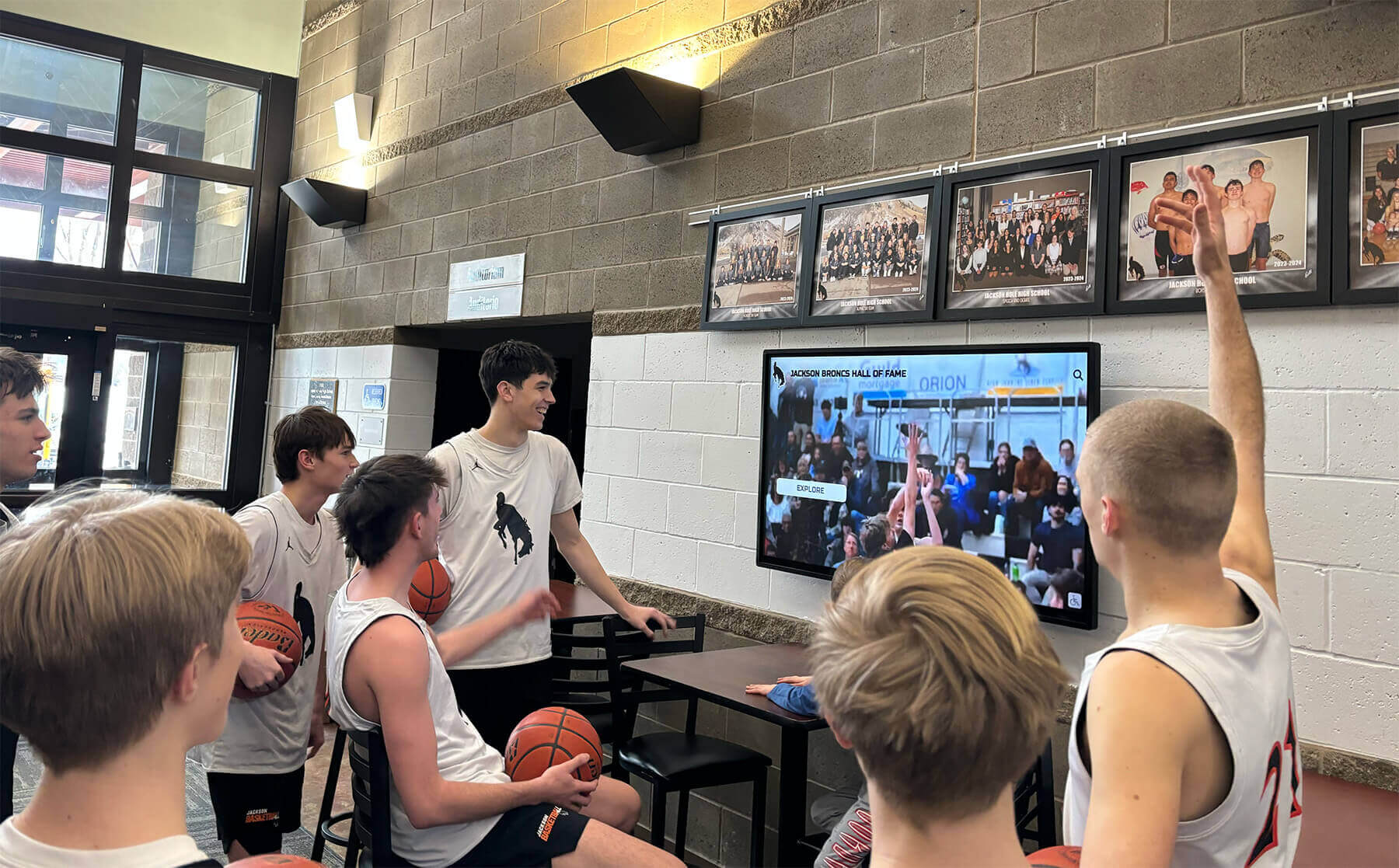
Training and Support
Effective ambassador programs require structure and preparation:
- Media Training: Prepare athletes for interviews, public speaking, social media
- Brand Guidelines: Clear expectations about appropriate representation
- Time Management: Ensure community activities don’t compromise academics or training
- Recognition: Acknowledge ambassador contributions through awards and honors
- Liability Protection: Appropriate supervision and insurance for off-campus activities
When student-athletes become active engagement participants rather than passive recipients of fan support, they develop leadership skills while dramatically expanding program reach and impact.
Strategy 12: Showcase Tradition and Legacy
Historical context provides depth and meaning that amplify engagement with current programs.
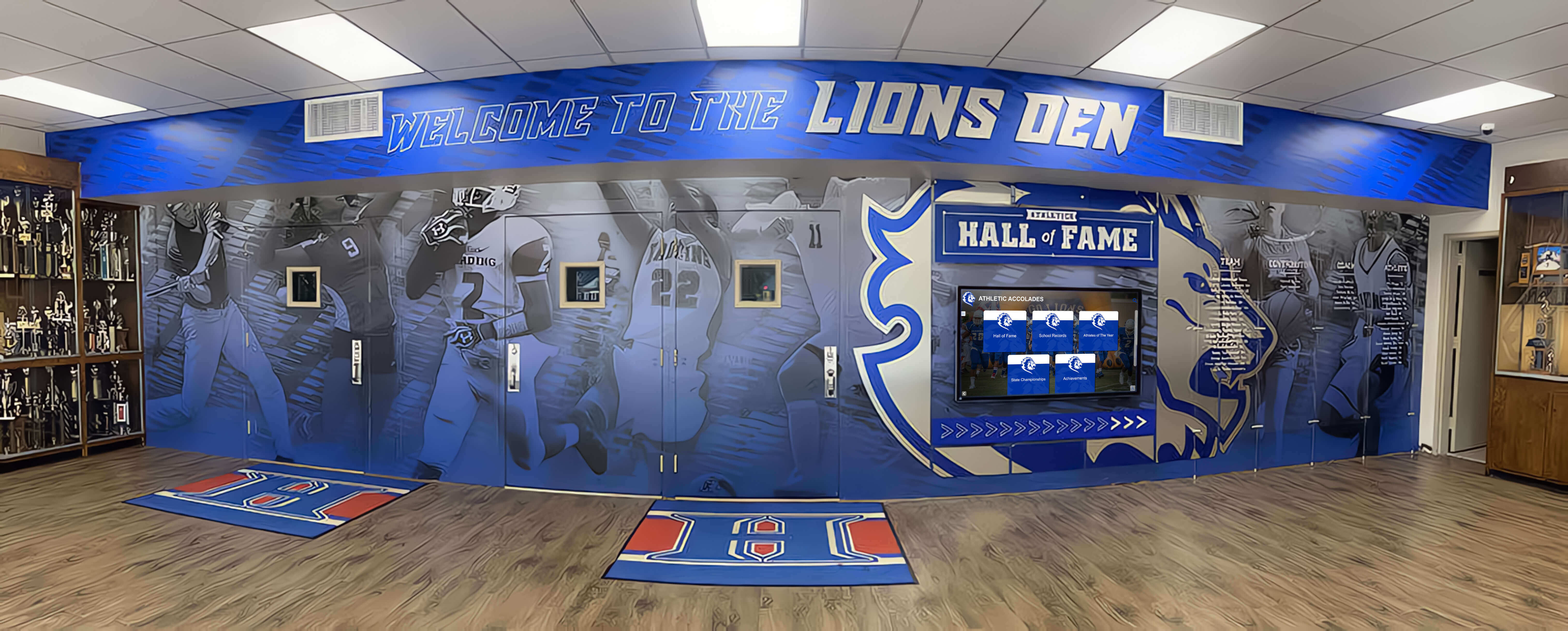
Institutional Memory and Identity
Effective historical programming includes:
Historical Content:
- Program founding stories and origin narratives
- Evolution of facilities, uniforms, and traditions over time
- Texas high school football tradition and other regional cultural contexts
- Greatest teams, games, and moments in program history
- Legendary coaches, athletes, and contributors
Accessible Historical Resources:
- Digitized archives of photos, programs, newspaper articles
- Oral history projects capturing first-person memories
- Documentary films exploring program history
- Historical markers and displays at significant locations
- Anniversary celebrations marking milestone years
Connect Past and Present
Most powerful engagement occurs when historical legacy connects meaningfully to current programs:
- Record Progression: Show how current athletes compare to historical greats
- Tradition Continuation: Demonstrate how current programs honor past values
- Alumni Involvement: Connect former and current student-athletes
- Facility Heritage: Explain historical significance of venues and spaces
- Coaching Lineages: Trace connections across coaching generations
This approach to honoring school history creates continuity and institutional pride while inspiring current participants to add their own chapters to ongoing stories.
Implementing Comprehensive Fan Engagement: Action Steps
Transforming fan engagement requires systematic planning and sustained commitment:
Phase 1: Assessment and Planning (Months 1-2)
Current State Analysis:
- Audit existing engagement activities and their effectiveness
- Survey stakeholders (fans, athletes, parents, community) about experiences and preferences
- Analyze attendance, giving, and engagement data identifying trends
- Benchmark against peer institutions and best practices
- Identify gaps between current state and desired outcomes
Strategic Planning:
- Define specific, measurable engagement goals and success metrics
- Prioritize initiatives based on impact potential and resource requirements
- Assign responsibilities and create accountability structures
- Develop budget allocating resources across initiatives
- Create implementation timeline with realistic milestones
Phase 2: Foundation Building (Months 3-6)
Infrastructure Development:
- Implement technology platforms for digital engagement
- Upgrade physical facilities addressing experience gaps
- Establish content creation capabilities and workflows
- Develop communication channels and schedules
- Create measurement systems for tracking progress
Initial Programming:
- Launch recognition programs across all sports
- Begin regular content creation and distribution
- Pilot new traditions and game day enhancements
- Initiate alumni engagement programming
- Establish community partnerships
Phase 3: Optimization and Scaling (Months 7-12)
Data-Driven Refinement:
- Analyze early results identifying what works and what doesn’t
- Gather feedback through surveys, focus groups, observations
- Adjust strategies based on evidence and learning
- Double down on successful initiatives
- Eliminate or significantly modify underperforming programs
Expansion:
- Scale successful pilots across additional sports and events
- Deepen existing initiatives with enhanced capabilities
- Add new programming building on established foundations
- Increase sophistication of personalization and targeting
- Develop long-term sustainability plans
Technology Partners and Solution Providers
Implementing modern fan engagement often requires specialized technology and expertise. Solutions like Rocket Alumni Solutions provide comprehensive platforms designed specifically for schools and athletic programs, combining:
- Interactive Recognition Displays: Touchscreen kiosks showcasing unlimited achievements with multimedia content
- Content Management Systems: User-friendly platforms for updating recognition without technical expertise
- Online Engagement Portals: Web-based halls of fame accessible to remote fans
- Mobile Integration: Apps and responsive designs meeting fans on their devices
- Analytics and Insights: Data tracking measuring engagement and guiding optimization
- Professional Services: Support for advancement and marketing teams implementing and maintaining programs
These integrated solutions enable schools to implement sophisticated engagement strategies without requiring extensive in-house technical capabilities or resources.
Overcoming Common Implementation Challenges
Schools implementing comprehensive engagement strategies encounter predictable obstacles:
Resource Constraints
Challenge: Limited budgets, staff time, and expertise
Solutions:
- Phase implementation prioritizing highest-impact initiatives
- Leverage volunteers including parents, alumni, community members
- Seek sponsorships and partnerships offsetting costs
- Use student talent (communications, journalism, sports management students)
- Implement scalable technology reducing ongoing labor requirements
Change Resistance
Challenge: “We’ve always done it this way” mentality
Solutions:
- Start with pilot programs demonstrating value before large investments
- Celebrate early wins publicly building momentum
- Involve resistors in planning creating ownership
- Connect innovations to tradition showing continuity
- Use data demonstrating current approach limitations
Coordination Complexity
Challenge: Multiple stakeholders, competing priorities, siloed operations
Solutions:
- Designate clear leadership with authority and accountability
- Create cross-functional teams with representation
- Establish regular communication rhythms
- Use project management tools tracking progress
- Celebrate collaborative successes reinforcing cooperation
Measurement Difficulties
Challenge: Proving ROI and impact
Solutions:
- Define clear metrics before implementation
- Implement tracking systems from the beginning
- Compare results to baselines and benchmarks
- Collect both quantitative data and qualitative stories
- Report results regularly to stakeholders
Conclusion: Building Sustainable Fan Engagement Ecosystems
Effective fan engagement in schools transcends game day attendance, encompassing emotional connection, active participation, and sustained community support. The strategies outlined in this guide—from comprehensive recognition programs to data-driven optimization—provide frameworks for building engagement ecosystems that benefit athletic programs, educational institutions, and entire communities.
Success requires viewing fan engagement not as a marketing afterthought but as a strategic priority deserving systematic investment and sustained attention. Schools that embrace this approach realize tangible returns: increased attendance and giving, enhanced competitive advantages, stronger community bonds, and improved student experiences.
The most successful programs share common characteristics: authentic storytelling, inclusive recognition, technology-enabled experiences, multi-generational appeal, and data-driven continuous improvement. They recognize that fans are not passive consumers but active community members seeking meaningful connection to institutions, values, and shared identity.
As you implement these strategies, remember that sustainable engagement develops gradually through consistent effort rather than one-time initiatives. Start with high-impact fundamentals like recognition and storytelling, build technology infrastructure enabling scalability, and continuously optimize based on evidence and feedback.
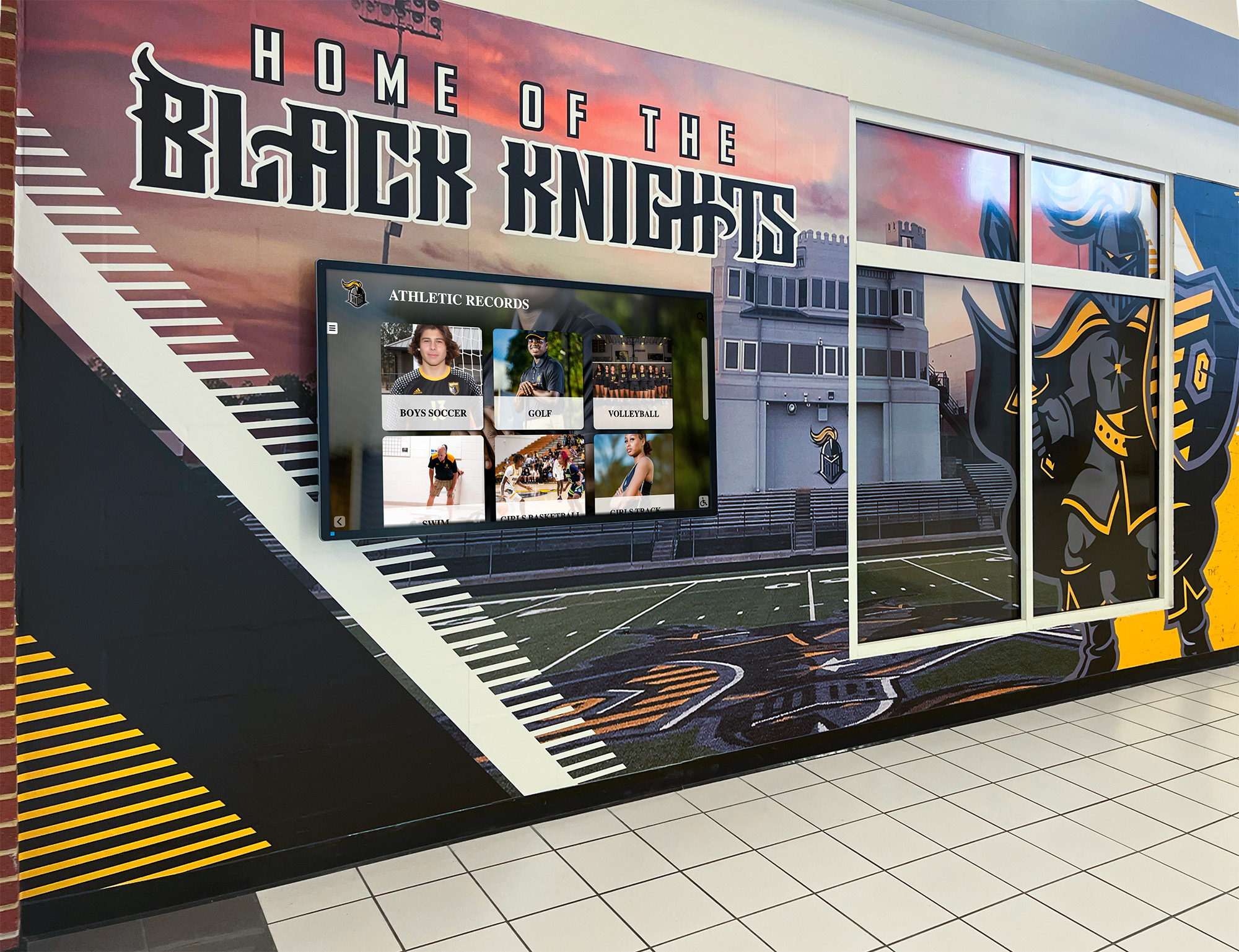
Transform Your Fan Engagement
Building strong fan engagement requires both strategic vision and practical tools. Solutions like Rocket Alumni Solutions provide schools with comprehensive platforms for recognition, engagement, and community building—from interactive touchscreen displays to online engagement portals to professional support services.
Whether you’re launching new engagement initiatives or enhancing existing programs, the right technology partner makes the difference between isolated tactics and integrated ecosystems. Visit Rocket Alumni Solutions to explore how digital recognition platforms transform fan engagement while honoring tradition and building lasting community pride.
Start building stronger fan engagement today—your athletes, community, and institution deserve it.
